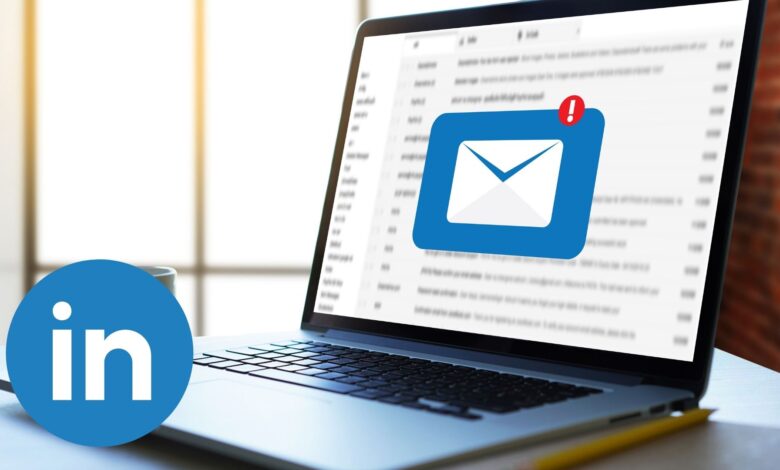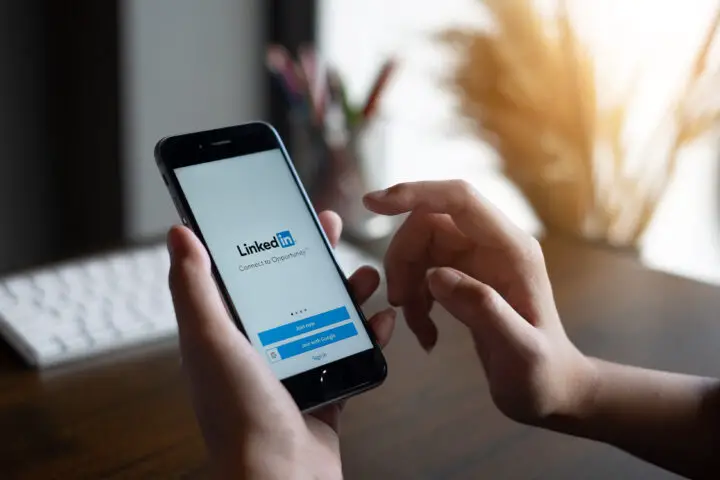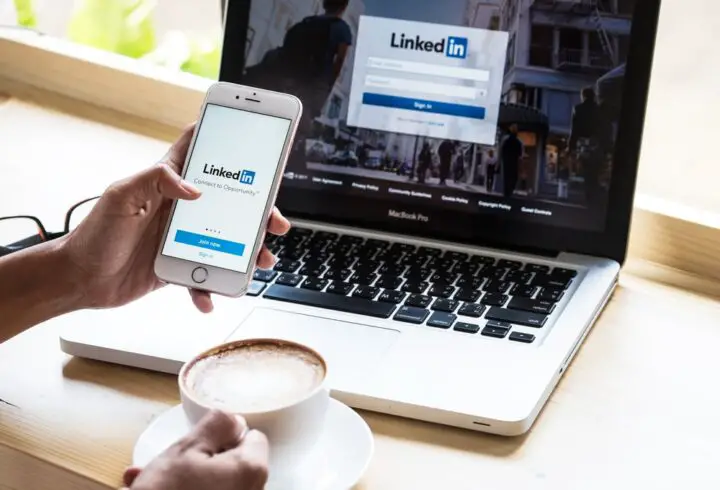
Used properly, LinkedIn can be a ‘gold mine’ for any employee. Smart employees use this site to gather important information – about the profile of the people the company hires, about the hiring manager (and if they are lucky they can find his email address) – and make personal contact with someone from the company they are interested in. The point of LinkedIn is to connect with people, so don’t hesitate to connect with a former colleague you haven’t talked to in a while. He’s on LinkedIn for the same reason you are – to connect with other people, so he’s probably expecting a presentation request from time to time.
Due to the growing computer literacy, LinkedIn has become a very popular social network in recent years. Today, it has over 645 million users from 200 countries around the world, and it is estimated that it gets more than two new users every second.

LinkedIn communication serves our personal promotion or the promotion of our business. We are there to have concrete benefits. However, some completely misuse all the features that LinkedIn provides, especially the ability to send messages to contacts. LinkedIn makes it easy to post others on the site to ask them to join your network, ask for a job or career advice, or ask them to write you a testimonial. However, although messages are easy to send, they should still be well written and professional. What many beginners do wrong is the content of the cold messages.
To be successful on this social network, it is important to take seriously the creation of your profile, which means that you need to carefully fill in all the marked fields – your data, information about education, and work experience, and you can support everything with pictures, videos, and documents. The better your CV, the better your chances of finding a job. The profile picture should be professional, not selfies.
Many users of this network have already heard of the term “cold message” and a large number of them have already had experience with receiving or receiving the same. This is a type of message that is sent to someone you do not know, or to a person who does not expect to receive any message from you. By addressing a person you do not know, it is difficult to convince him/her that you are the best choice, so it is very important that you write it as best you can and avoid the most common mistakes.
Apology

LinkedIn is a professional network, those messages that start with “I’m sorry if I bother you” and the like are not welcome. Try to be direct and determined, because in every job it is most appreciated. Closely think before you send a message.
Vocabulary
To leave a good enough impression on someone that will make them at least consider cooperating with you, you need to pay attention to your vocabulary, but also your spelling. Avoid jargon, slang, abbreviations, and phrases. Simply say what you think in plain, cultural language.
Know what you want
Be picky, direct, but not too extensive and demanding. Let your message be concise, but with the one thing, you want in business highlighted. When you get an answer, continue communicating in the same direction, slowly but surely. An ideal message is considered to have less than 100 words. If you think personalizing messages takes too much of your time, imagine how much time it takes to take messages that others ultimately ignore or block as a result. So instead of going for quantity, go for the quality. Adapt your message to their experience and position, refer to specific projects and values you truly share and thank them for their time.
Don’t be afraid to follow up
Although it is a professional network, and the users are expected to do the same, it often happens that you send a post to which there are no answers, which is perfectly fine, some people are too busy to respond immediately, and sometimes they simply forget. If an entire week has passed, do not hesitate to send a quick follow-up message to check if the person is still in the mood to stay in touch with you.
Be professional…

Sending jokes. OK, it may be something you personally like, but we repeat: Linkedin is a business social network where professional behavior is expected, so behave that way. Don’t click “Like” on every post that appears on your Linkedin profile. All this is sent further to the profiles of your contacts and will lead to you being kicked out of the network and perhaps a crucial person for your job will thus become unavailable.
Why should every employee of the company be on LinkedIn?
There are many reasons why every employee should be on this social business network. First of all, companies that have a lot of employees on LinkedIn also have more followers of their official LinkedIn site. The math is pretty simple you need to do. At the same time, it brands the company as an attractive place to work because employees can openly show job satisfaction or dissatisfaction. It has also been proven that over 65% of all newly contracted B2B companies perform through referrals (a person’s recommendation). When a person recommends something 30% is more likely to make a sale than if the company does it.
Final thoughts

Respect selected information mostly focused on work and something that is specific to you. Connect with people who are important to your area, whom you admire, and whom you would like to meet (although sometimes you should give a chance to someone who seems unaffirmed, especially when it comes to young people).
LinkedIn has its own publishing platform and thus allows users to publish blogs and get the opportunity to have their content read by thousands of people. Published posts will also be displayed on your profile, which will increase your credibility in related areas that are relevant to your professional experience.

